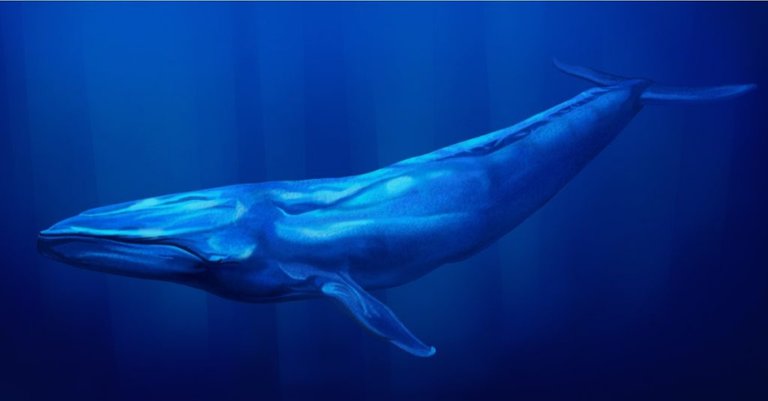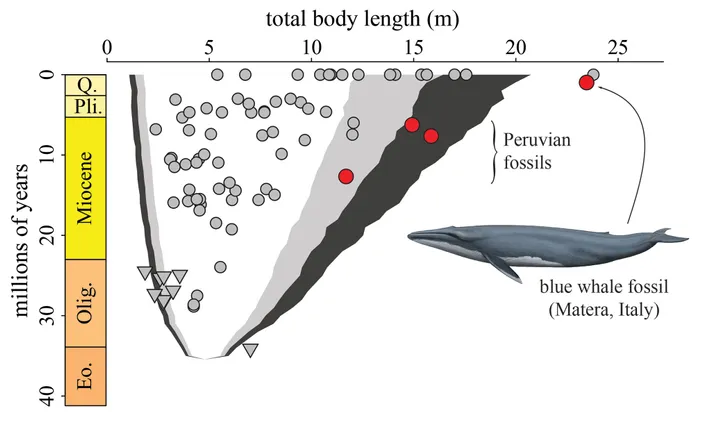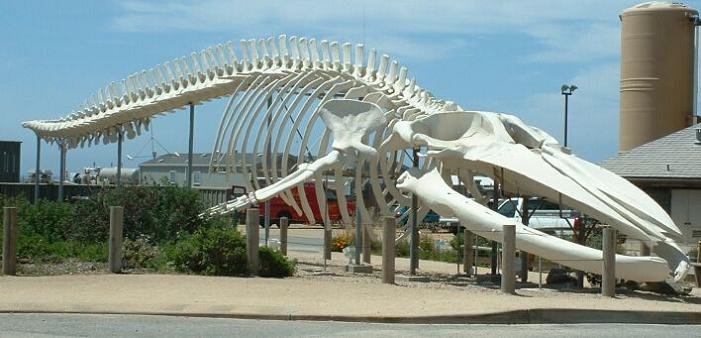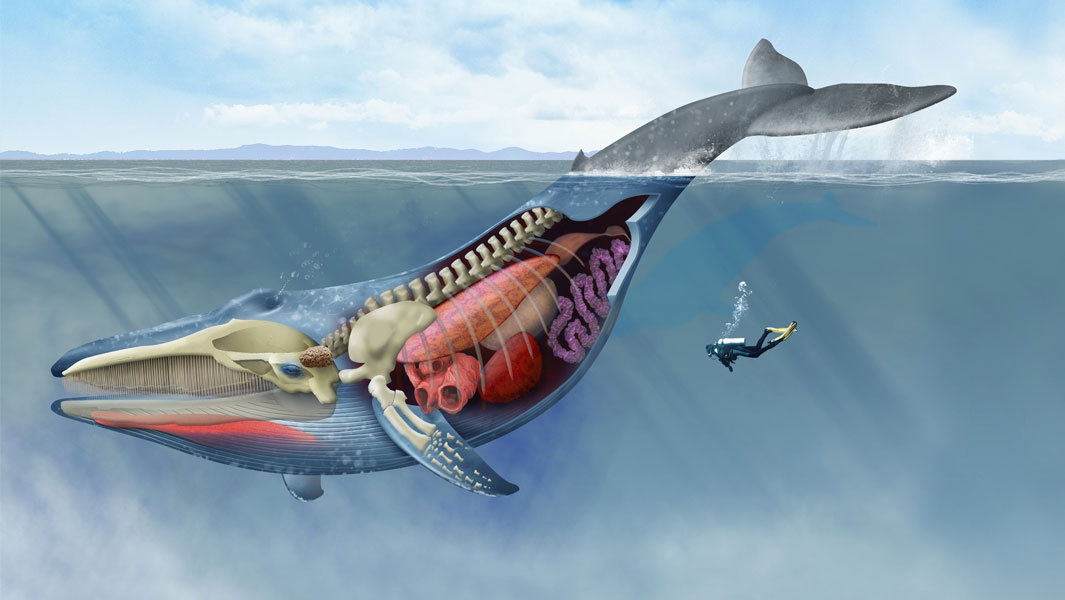The blue whale isn't unquestionably the biggest creature alive today, it is the biggest that has inhabited any point ever. Presently, investigation of a fossil found on the shore of an Italian lake indicates when, and maybe how, the blue whale turned out to be such a behemoth.

The monster's extremely enormous skull, portrayed today in the diary Biology Letters, affirms that this antiquated blue whale is the biggest known in the fossil record, arriving at an incredible 85 feet in length. That is barely short of the biggest present day blue whales on record, which reach up to 100 feet. Maybe significantly more astonishing to researchers, however, is the way that a whale of this size swam the oceans around 1.5 million years prior, during the early Pleistocene—far sooner than recently suspected.

Sorting out how blue whales came to be so enormous has been a test, as huge whale fossils from the past 2.5 million years are uncommon. This is reasonable on the grounds that the planet went through various ice ages during this period, when a lot of water froze into ice and ocean levels dropped drastically. The remaining parts of whales that passed on back then, regardless of whether they abandoned ashore, may now be a huge number of feet beneath ocean level. (A 27.5-million-year-old fossil as of late found in New Zealand has a place with one of the most seasoned known progenitors of baleen whales.)

In 2006, a rancher close to the southern Italian town of Matera saw some exceptionally enormous vertebrae standing out of the mud on the shore of a lake he uses to water his fields. Throughout the span of three fall seasons, when it was feasible to bring down the water level without demolishing the reap, Italian scientist Giovanni Bianucci of the University of Pisa and his group uncovered the remaining parts.

The group at the time figured the fossils may have a place with a blue whale, and the new physical examinations have now affirmed it.
The new fossil may likewise assist with uncovering that the ascent of goliath whales has been more slow than recently accepted, contends Marx. In 2017, a review breaking down the body size of all known baleen whale species, large numbers of them just known from fossils, proposed an expansion in body size might have happened rather out of nowhere, reasonable around 300,000 years prior however potentially to the extent back as 4.5 million years.
College of Chicago, who did the first investigation, brings up that 3.6 million years actually fits in the somewhat enormous time window he had found. Furthermore, regardless of whether the most likely date for the size bounce is pushed back that far, he says, the reexamined date of 3.6 million years prior bodes well.

Accoring to Scientist Cheng-Hsiu Tsai of the National Taiwan University portrayed the scanty remaining parts of what was possible the second-biggest fossil whale observed to be up until this point, a blade whale from California. He has been contending for some time that baleen whales turned out to be huge significantly sooner than was for the most part accepted, and he to a great extent concurs with Marx's decisions.

Around that time, a worldwide decline in sea temperature probably changed the accessibility of food to whales, making patches of exceptionally high prey thickness where there was upwelling of cold water from the profound, which he accepts was "significant for supporting truly enormous whales." Slater disagrees with Marx that the new investigation favors a considerably more seasoned beginning for blue whale bigness